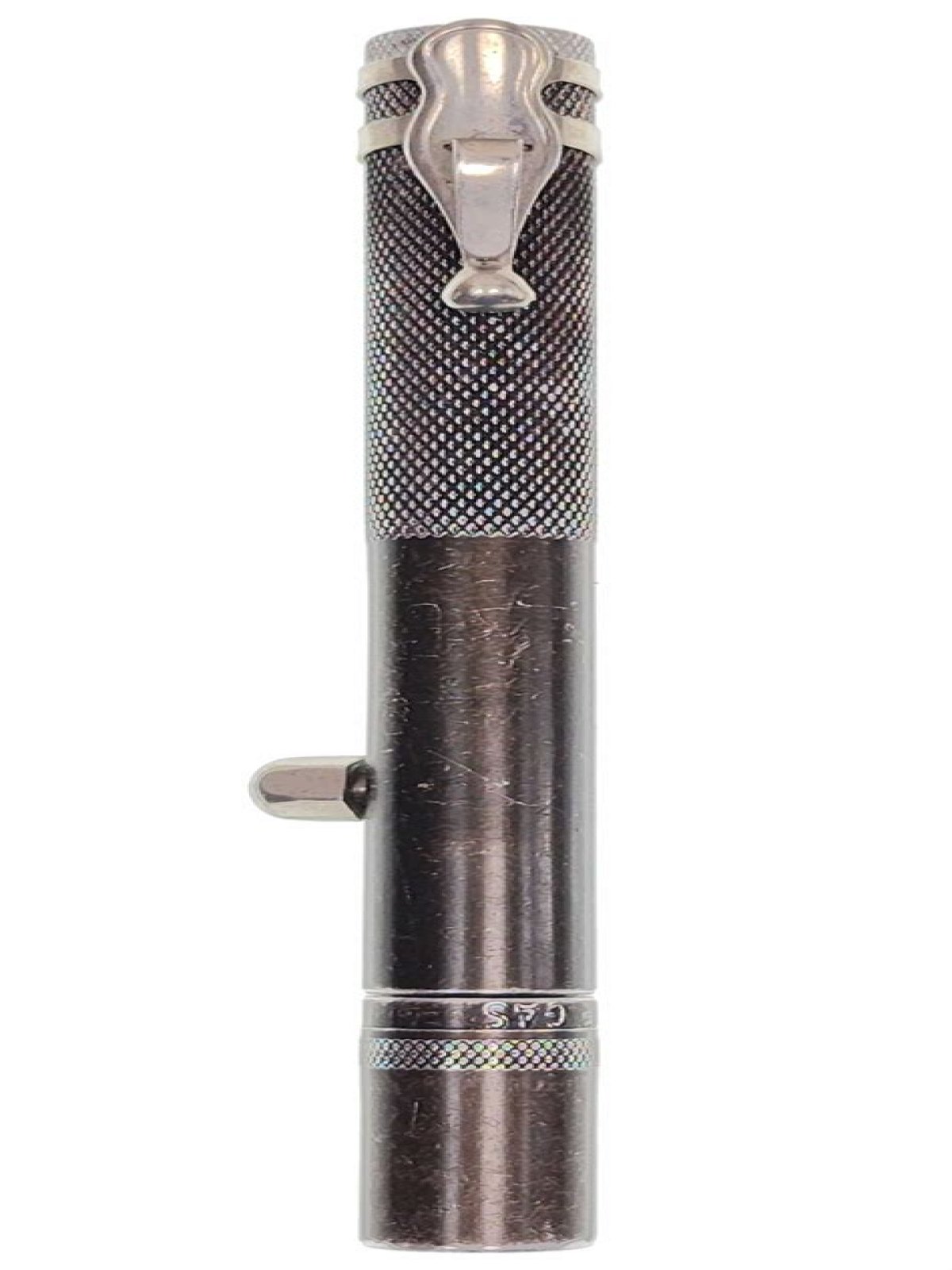Keeping this in view, which gas is known as tear gas?
o-chlorobenzylidene malononitrile
Likewise, can Tear Gas kill you? Doctors say that the effects of tear gas can be more lasting than burning eyes and a temporary shortness of breath. Haar said the chemical spray can cause permanent damage in some people, such as blindness, burned skin and respiratory problems.
Simply so, what does tear gas contain?
The most commonly used tear gas contains the chemical agent 2- chlorobenzaldene malononitrile (CS). Despite its name, tear gas is not a gas, but an aerosol. CS is solid at room temperature and mixed with liquid or gas dispersal agents when used as a weapon designed to activate pain-sensing nerves.
Who developed tear gas?
Its active component, 2-chlorobenzylidene malononitrile, was synthesized by American chemists Ben Corson and Roger Stoughton in 1928 and tear gas using it (CS = Corson + Stoughton) was developed and tested during the 1950s and '60s.
Why is tear gas banned in war?
Does milk help against tear gas?
Do UK police use tear gas?
What does Lachrymator mean?
Which gas is called Stranger gas?
How much mustard gas is deadly?
How bad is CS gas?
When was tear gas first used?
Is tear gas heavier than air?
Is chloropicrin a tear gas?
How hot is a tear gas canister?
Can Tear Gas kill you if you have asthma?
Can civilians buy tear gas grenades?
What does CS gas do to you?
What is pepper spray made of?
Who invented tear gas in ww1?
How do you treat tear gas?
- As quickly as possible, wash any riot control agent from your skin with large amounts of soap and water. Washing with soap and water will help protect people from any chemicals on their bodies.
- If your eyes are burning or your vision is blurred, rinse your eyes with plain water for 10 to 15 minutes.
